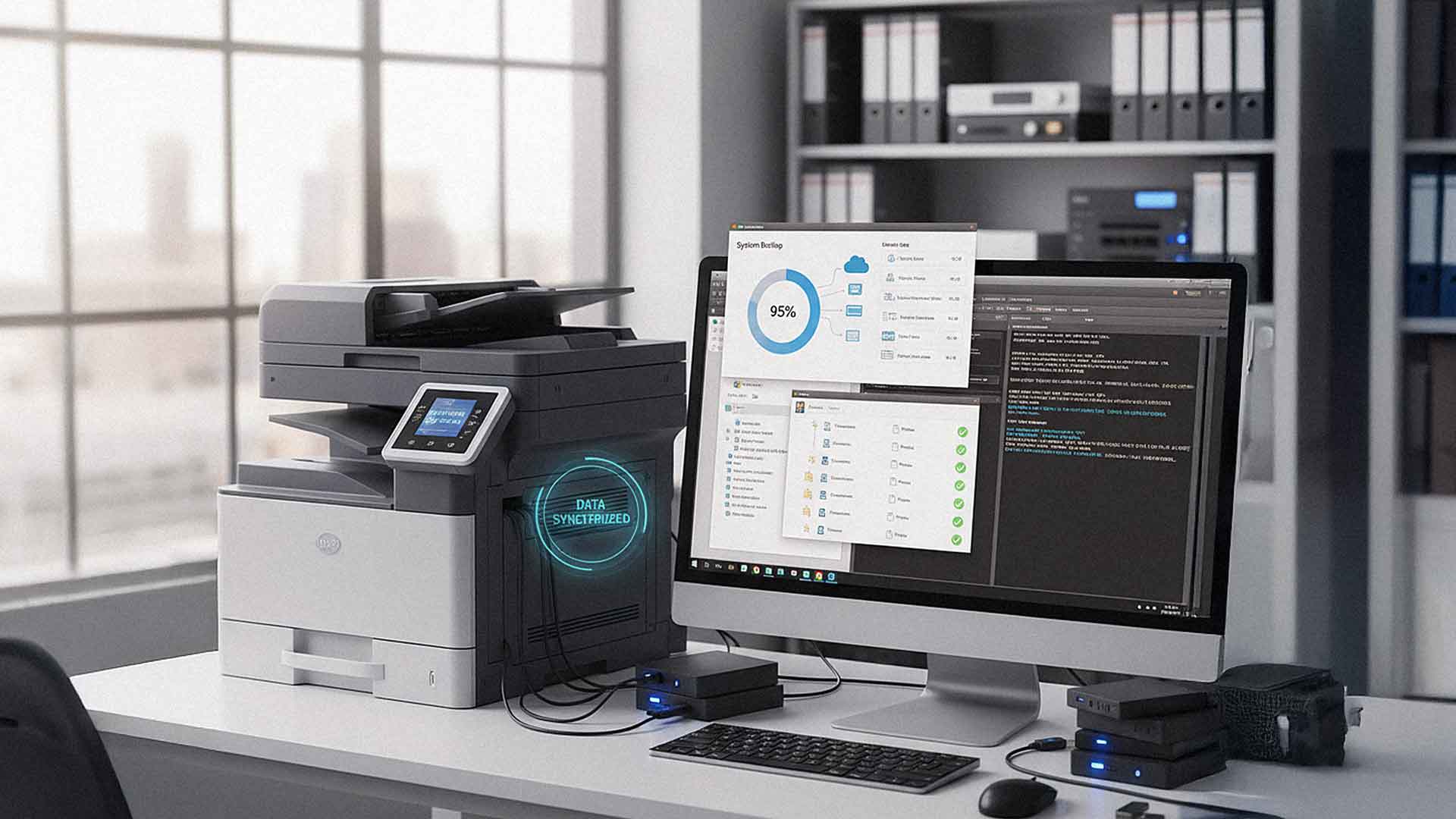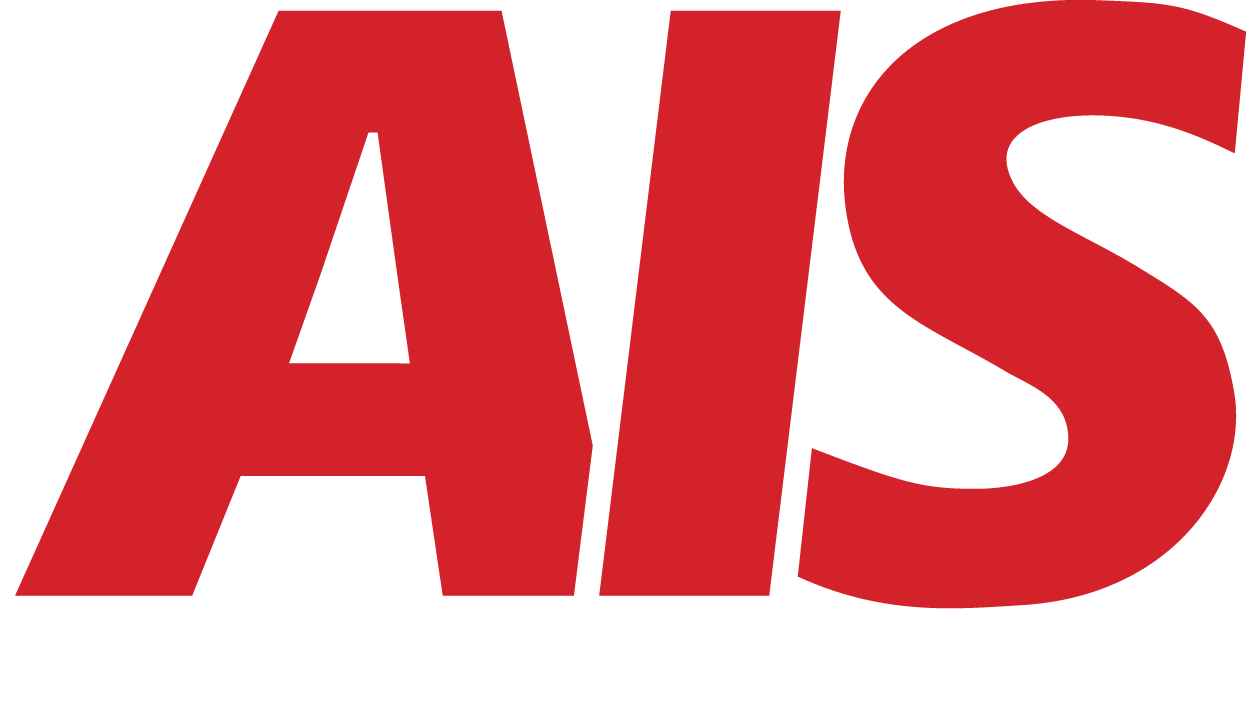What Happens to Your Office Copier Data When You Return or Replace It?
September 11th, 2025 | 5 min. read

You would never return a laptop to your IT department without wiping it first, right? So why would you return a copier or multifunction printer (MFP) without thinking about the data it contains?
For many businesses, this exact mistake happens all the time. Office copiers and printers often fly under the radar when it comes to cybersecurity and data protection, but they can quietly store years of sensitive documents and network information.
And unless someone specifically handles that data during the return or trade-in process, it could be left exposed.
In this article, we’ll explain what kind of data your copier holds, how that data becomes a security risk, and what you should demand from your vendor before any device is returned, recycled, or replaced.
Office Copier Data: Why This Question Is More Important Than Most People Realize
Modern copiers are more than just printers. They are computers with hard drives, processors, memory, and operating systems. And like any computer, they store data.
That includes:
- Every document scanned, copied, printed, or faxed
- Contact lists and email addresses saved on the machine
- Stored network credentials for scan-to-email or cloud sharing
- Print job histories that include usernames or file names
In short, your copier is a digital archive of everything your office has touched over the past several years.
Now imagine returning that copier to a leasing company or recycling vendor without erasing the hard drive. All that sensitive data could walk out the door with it—and you might never know.
What Kind of Data Do Office Copiers and Printers Store?
Even basic office printers can store temporary files. But multifunction devices with built-in hard drives collect significantly more information.
Here are a few examples:
- Scanned files: Digital images of documents scanned to email or a folder.
- Print job histories: Usernames, job names, and timestamps of past prints.
- Fax logs: Numbers, pages sent, and faxed document images (in some models).
- Email settings: SMTP server info, user email addresses, and passwords.
- Cloud credentials: If you scan to Google Drive, Dropbox, or OneDrive, those credentials may be stored.
- User authentication: In businesses using badge-based or PIN authentication, some copier models store user IDs.
Think about how many of those documents might contain personal information, legal records, financial statements, or protected health information.
How Does Office Copier Data Become a Security Risk?
Copier data becomes dangerous when no one takes responsibility for removing it. The risk is especially high when:
- The copier is returned at lease-end
- The device is traded in for an upgrade
- The copier is sold at auction or sent for recycling
Real-World Example
In 2010, CBS News purchased four used copiers from a warehouse in New Jersey. One still had more than 300 pages of scanned documents on its hard drive, including police records, pay stubs, and building plans from a construction company. None of the businesses had wiped the data before returning the machines.
Situations like this are more common than most people realize.
Compliance and Regulatory Concerns
Depending on your industry, failure to secure copier data could also put you out of compliance with:
- HIPAA (healthcare)
- FERPA (education)
- GLBA (finance)
- GDPR (global data privacy)
- PCI-DSS (payment card processing)
Non-compliance can lead to costly fines, lawsuits, or damaged client trust.
What Should Happen to Office Copier Data at End-of-Life?
When a copier is being returned, sold, or retired, your vendor should follow one of several best practices for data security:
Recommended Steps:
- Hard Drive Overwrite: Also called data sanitization. This process erases and rewrites the hard drive with random data, preventing recovery.
- Drive Removal: The hard drive is physically removed from the copier and either returned to the customer or destroyed.
- Factory Reset with Security Protocols: Some newer models have built-in utilities to securely wipe the system and overwrite storage.
In many cases, you can request a certificate of data destruction for documentation. This is especially useful for businesses subject to compliance audits.
What Happens If No One Handles It?
Unfortunately, many vendors skip this process or assume someone else is doing it. If no one removes or wipes the drive, the copier may be:
- Resold or refurbished with data intact
- Shipped overseas and salvaged for parts
- Dumped or recycled while still containing records
If your business suffers a data breach as a result, you could still be held responsible—even if the device is no longer in your possession.
Questions to Ask Your Copier Vendor Before Returning a Machine
Before you end a lease, trade in your copier, or replace a device, make sure you ask your provider these questions:
- Do you remove or wipe the hard drive before returning the machine?
- Do I need to request a data wipe, or is it standard procedure?
- Can I have the hard drive returned or destroyed?
- Do you offer proof or certification that the data was wiped?
- Who is responsible for copier data security during transport?
If your vendor cannot clearly answer these questions—or worse, has never been asked them before—that is a red flag.
How AIS Protects Your Data During Copier Transitions
At AIS, we take data security seriously at every stage of your technology lifecycle. When your lease ends or you're ready for an upgrade, we walk you through your data protection options, which may include:
- Secure wiping of copier hard drives using industry-standard sanitization tools
- Drive removal and return to the client for destruction or secure storage
- Documentation of data disposal upon request
- Vendor coordination with certified recyclers who follow proper data security protocols
This is all part of our proactive approach to managing office technology. We know your copier is more than a machine—it is part of your overall IT environment.
Related Article: Nearing The End of Your Copier Lease? Here's What to Consider.
Final Thoughts: You Wouldn’t Return a Laptop Without Wiping It. Don’t Do It with an Office Copier.
Your copier is a powerful, often overlooked part of your data environment. Treat it that way.
If you are getting ready to replace or return a copier, make sure your data is protected. Ask questions, get clarity, and document the process.
And more importantly, ask these questions before you sign a lease—not after. That way, you will know exactly how your data will be handled when the time comes.
If you’re unsure whether your current provider is securing your data properly, reach out to us. We’ll walk you through what a secure copier lifecycle should look like, step by step.
A true southerner from Atlanta, Georgia, Marissa has always had a strong passion for writing and storytelling. She moved out west in 2018 where she became an expert on all things business technology-related as the Content Producer at AIS. Coupled with her knowledge of SEO best practices, she's been integral in catapulting AIS to the digital forefront of the industry. In her free time, she enjoys sipping wine and hanging out with her rescue-dog, WIllow. Basically, she loves wine and dogs, but not whiny dogs.
Topics:



